
Scale your Business to 24-Hour Support
By Rasel Siddiqe
June 10, 2022
Last Modified: November 13, 2025
24-hour support is one of the toughest milestones a rapidly growing business needs to achieve. As your business welcomes more and more customers, your support agents become more spread out. Aside from a growing number of queries, there are other factors that require you to implement a 24/7 support strategy.
In this article, we’ll be looking at what 24-hour support means, why it’s important, and how you can implement it for your business. Fear not even if your business is not ready to implement this. We’ll cover best practices for businesses that can’t offer 24/7 support as well.
Signs you need to provide 24/7 support
Before we get to strategies for 24/7 support, let’s find out if your business needs to bring 24/7 support to the table. As we’ve said, 24-hour support isn’t just about how many customers you have. Factors you need to consider to decide whether you need 24/7 support are as follows,
Global customer base
If your company is serving customers across the globe, a simple 9 to 5 support team can never be enough. Global customers mean you have to function in multiple time zones that may or may not align with your business hours.
A 24/7 strategy is the only way you can cover the time differences and be there for customers. The other thing to factor in is the language of such a team. The best thing you can do is train your team to function in the standard trade language.
Industry Standards
If your business revolves around an industry that has 24-hour support as a functional prerequisite you don’t have a choice. Industries such as travel, healthcare, and finance require 24-hour support. Mainly, because the functions within these industries don’t adhere to simple business hours.
People may need help at any time. So if you are part of these industries 24-hour support is a must.
So if you’re among these examples, you need to implement a 24/7 support strategy. Let’s check out the strategies.
Choosing a 24-hour support strategy
The best way to choose strategies is to evaluate key metrics of your support strategies. Customer support has become a game of both reactive and proactive strategies. So, it’s really important to make the distinctions between strategies that best fit your business model and goals.
Understanding your customers’ needs
To determine the needs of your customers you need to consider the following questions,
- Are you meeting your expected service level agreements (SLAs)?
- Are you having trouble meeting targeted first response rates?
- Which channels do customers prefer for support?
- Is remote or delayed service reducing customer satisfaction levels?
- Is your support team facing or causing language or cultural issues?
Answers to these questions can help you find the desired outcomes for your customers and your business.
Know what your customers need before they do!
Caseload growth
Once you understand your customer needs, you need to evaluate your caseload growth. Assuming your team works 8 a.m. to 5 p.m. UST, they can cover the steady caseload growth of up to 50-80% within that time period. However, if your caseload growth is greater than 50% at odd hours, the solution isn’t that simple. If your odd-hour caseloads outnumber your cases in working hours, you have only 2 options. Either you give up on customer satisfaction or you can offer some form of support during those hours.
For a business on a growth spurt, the choice is pretty obvious. That’s expanding to 24/7 support.
3 strategies for rolling out 24-hour support
After considering the necessary factors, if you decide to implement 24/7 customer support, you need to pick the right strategy for you. Here, we’ll briefly discuss 3 strategies to put 24-hour support into practice. To make the evaluation simple we’ll focus on the gist of the strategy when it’s best implemented and the drawback you should expect from them.
1. Team expansion
Your co-located team is basically an expansion of your in-house support team. Team expansion can entail hiring new recruits, and expanding workspace facilities and related tools & technologies.
The best-case scenario for such a strategy is that typically, this strategy works for companies with no precedent of remote work or with high product/service complexity. It can also be that the growth is needed in response to client needs rather than growth in strategic sales territory.
Having support reps present at all hours, or atleast stay on-call can make 24/7 support significantly easier. Implementing this strategy reduces the need for extensive training and aids team collaboration.
The major drawback affects support agents the most in this approach. Support agents in roster duty tend to suffer serious burn-out. This leads to a higher churn rate for employees, as more and more agents choose work that is less demanding and invasive.
A middle ground businesses can make use of is Paging. It’s useful during the transition phase, where the caseload doesn’t demand full-time staff. Pagers let agents leave the office after work, all the while having the option of checking and solving customer queries if they choose to.
To incentivize employees to be available, on-call bonuses and overtime pay can be a good model.
2. Remote hiring
The second strategy that can aid the transition to 24-hour support is remote hiring. This is not much different from team expansion, except the recruits are not dependent on your in-house resources. Remote hiring means your in-house agents can stick to standard business hours while remote hires handle odd hours.
The best-case scenario for this strategy is when you’re already looking to expand to a different location. In that case, you should hire remote employees in that location to better suit the environment.
Remote expansion means you don’t need to consider facilities costs right away. Most importantly, it enables you to achieve better satisfaction and retention even before an in-house team is introduced.
As for drawbacks, remote hiring makes it difficult to communicate and collaborate. It also makes creating a sustainable team culture a challenge. Moreover, it adds moving parts into your company’s ecosystem that you have next to no control over. Not to mention the lack of authority between local leadership and remote leadership.
While all of this may seem too much of a hassle, hiring remotely can still be worthwhile. Some employers found that creating a motivated and collaborative remote team can set the standards and pathways for a later local team.
This gives flexibility for your company to set company standards independently, without interference from local norms and standards.
3. Outsourcing
Outsourcing support basically means handing over your customer support wing to an agency dedicated to offering support. There are tons of agencies and call centers that offer support for a myriad of businesses and industries. The services offered by these agencies can also vary, ranging from first-response agents to full-blown technical expertise.
While this is considered a cost-minimizing approach to expanding support capabilities, it has more benefits. For the most part, outsourcing reduces the risk associated with in-house expansion. Along with that, it offers a safety net for the company to launch and market riskier products.
The clear drawback to this strategy is that it makes quality control very difficult. You as a client for these agencies may not be able to influence their internal culture, even if it doesn’t align with your business’s motives.
Along with that, you may suffer from language barriers, cultural and ethical differences and even training management difficulties.
The best ways to avoid problems with hiring/outsourcing customer support agencies are,
- Addressing legal concerns (Such as CAN-SPAM, GDPR, Confidentiality agreements, etc,.)
- Clear guidelines for accessing/using your resources and tools while protecting sensitive data.
- Audits on company culture and leadership values.
- Adjusting training programs for agents that can’t access certain resources.
Don’t offer 24-hour support?
So, now that we’ve covered the strategies for implementing 24/7 support it’s time to reach into our bonus section. Here are the steps to take if you feel your business is not ready to expand to a dedicated 24-7 support team.
Self-help resources
Self-help resources are the easiest step you can take towards smoothing out your support process. If a customer can’t reach you at all times, having a self-help option can give them the next best thing. Customers, especially in the tech industry, have a stark preference for self-help options. So if you’re not ready to serve all day every day, having an AI-driven knowledge base software can make it simpler.
Define business hours
Waiting for a support agent’s response is annoying. But you know what’s more annoying? It’s not knowing whether an agent has seen your request or if they are available. You need to account for solving times and follow-up time too! Whether it be chat, email, social, or any other channel, make sure your hours are clearly stated.
Not having this information can make customers feel you are ignoring them or worse. If flawless customer experience is your goal then this will ruin it for sure. If a customer needs help at an odd time or during the holiday sales rush and files a ticket only to be addressed the following day, they won’t take it very well.
Use language effectively
You should clearly define the service level agreements to avoid building the wrong impression. Language can play a huge part in this. For instance, if your chat box suggests a 2 day wait time, it can cause confusion during weekends. Stating it as within 2 work days clears this up by telling the customers to take into account weekends or holidays in their expectations.
Wrapping Up
All of the above strategies address the hurdles of deploying 24/7 customer support. The correct solution for your business can be some combination of these strategies. While some may choose one or the other, it’s actually more of an incremental process. First, you get self-help options, then combine in-house and outsourcing to get the best results.
Start by listening to your customers’ requirements, making caseload observations, and aligning all of that with your company’s expansion plans. Data-driven observations and objective evaluation of customer expectations can offer you a clear indication of which strategy best suits your business.
Until next time, happy serving!
Start off with a powerful ticketing system that delivers smooth collaboration right out of the box.





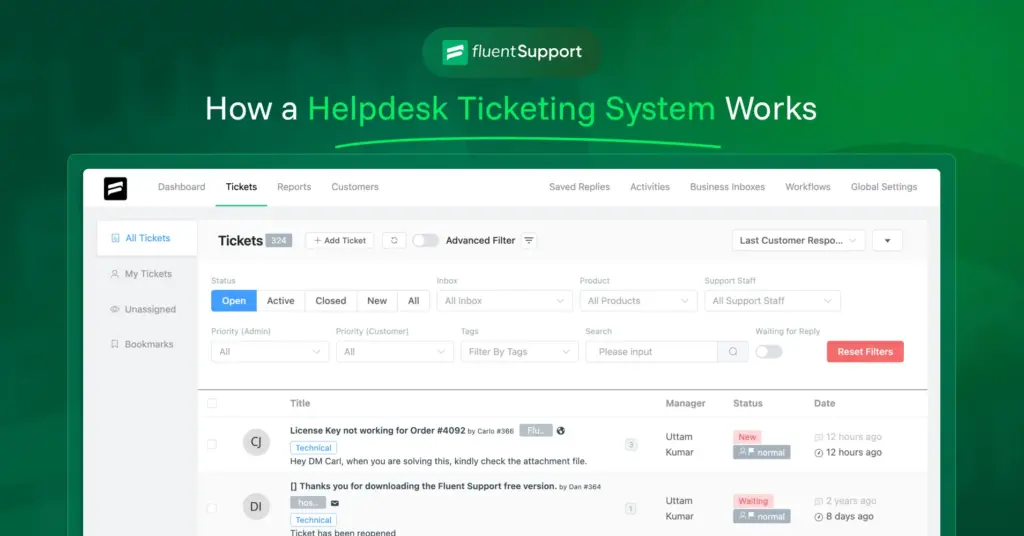
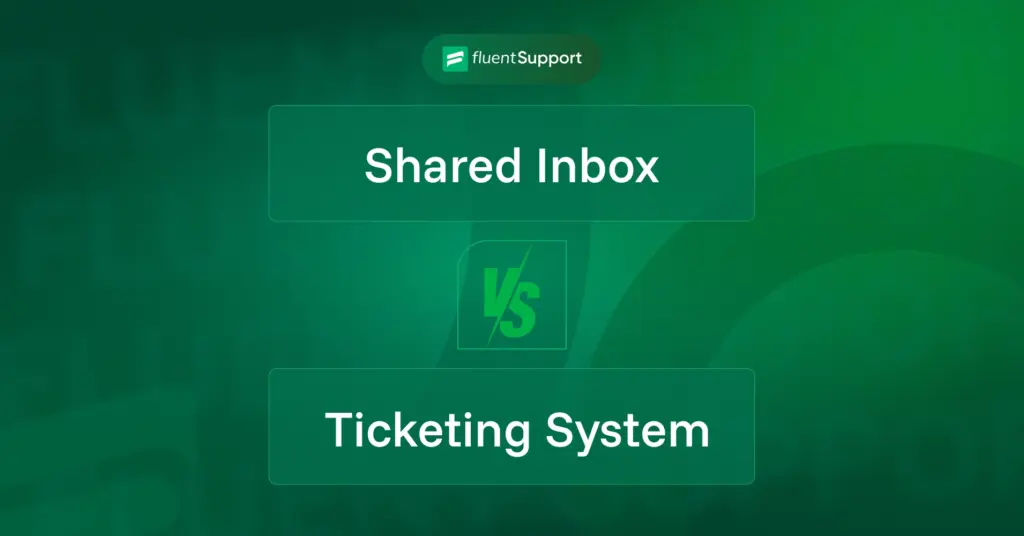
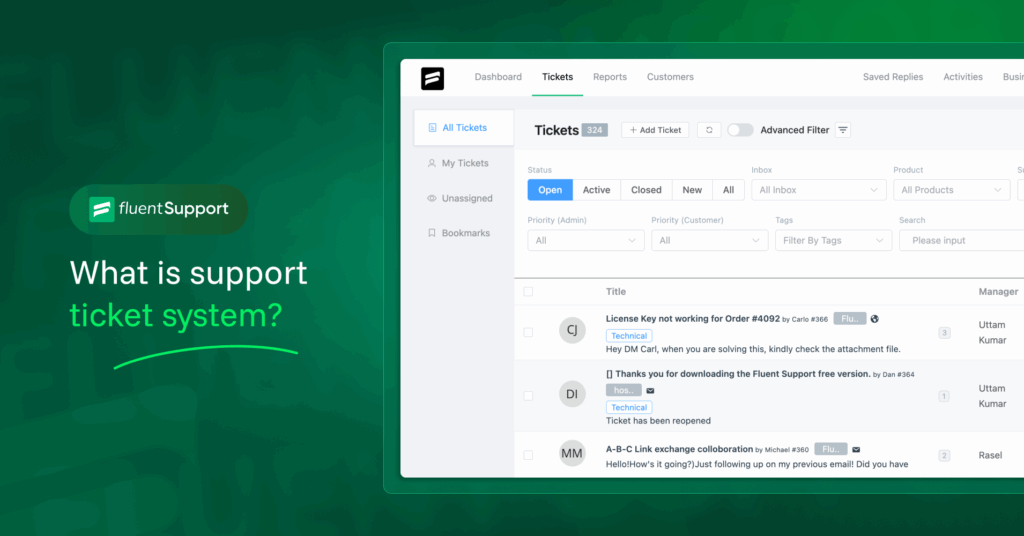
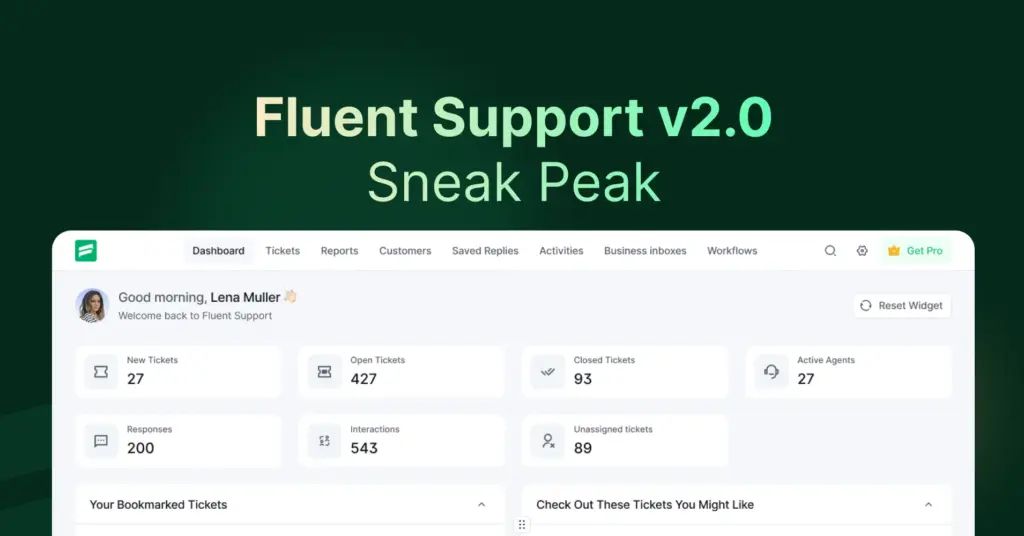
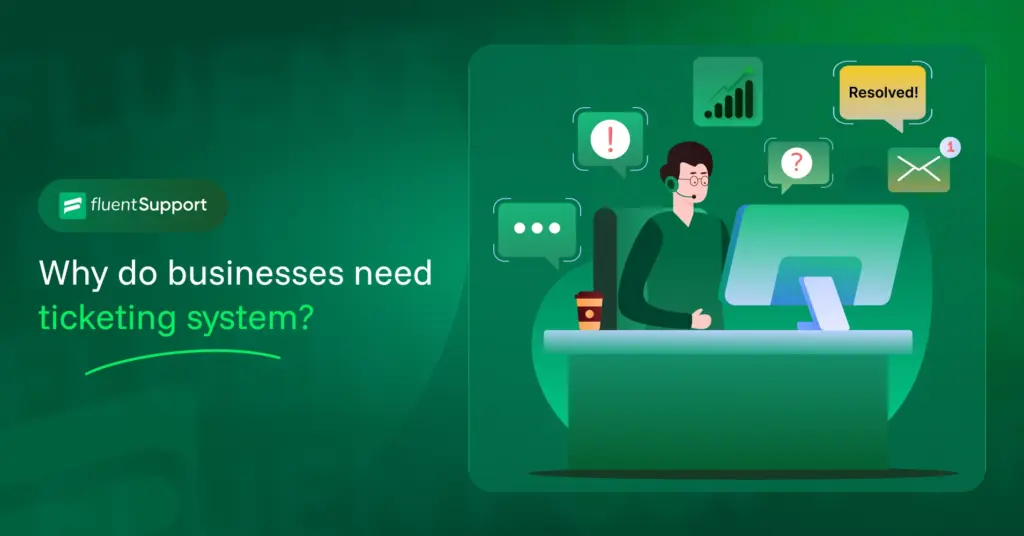


Leave a Reply